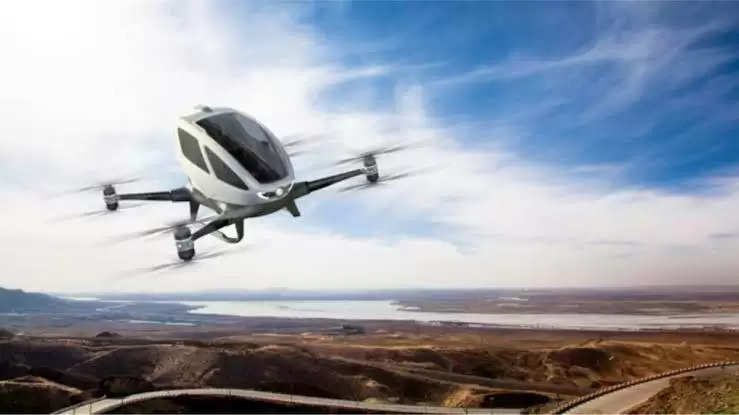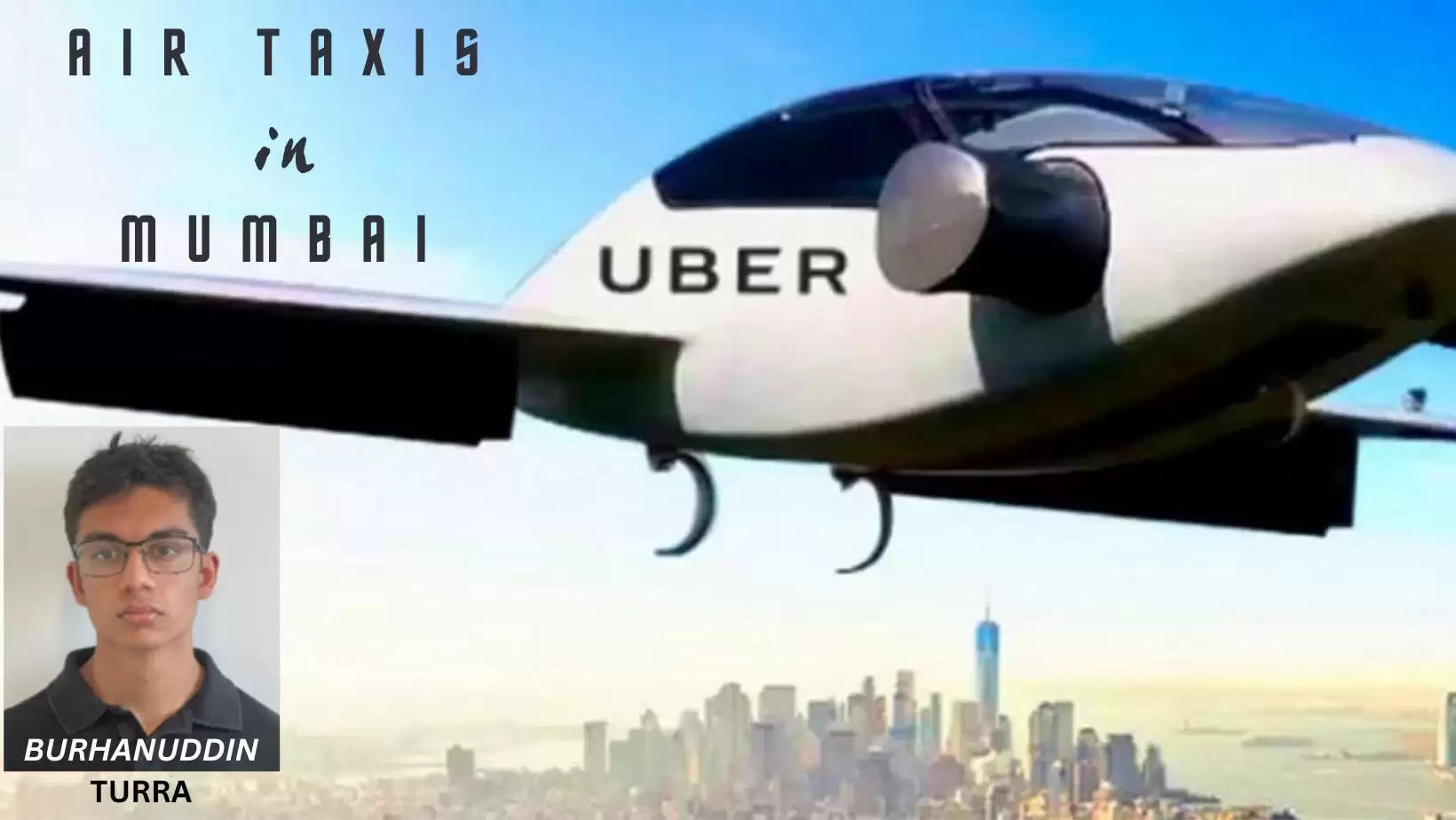Are Air Taxis coming soon to your neighborhood in Mumbai?
Though the idea sounds fairly simple and feasible for large metros, there are many variables to consider from a strategic standpoint before this can become a reality.
Ever since the Wright brothers introduced the Wright Flyer more than a century ago in 1903, air travel has increased exponentially. Aviation technology has improved leaps and bounds in terms of comfort, safety, and reliability. More people worldwide can fly thanks to the introduction of low-cost travel. In India, as of March 2022, nearly 248 lakh (24.8 million) passengers travelled by air, a 6% increase from the previous year.
Now, the aviation industry has started looking toward a future where air travel can cover intra-city and shorter routes. With India now the most populated country in the world, being home to 1.5 billion people, traffic in major cities such as Mumbai, Delhi and Bangalore can take up almost 4 hours of a commuter’s day. To combat this problem, Air Taxis are being touted as a solution, which will take off from a pad on top of a high-rise building in a densely populated area and land on another or even at the airport.
These Air Taxis are drone-like pods that are expected to seat 3-4 passengers plus a driver or can be autonomous (operate without human involvement). Companies such as Joby Aviation and Volocopter are currently developing and testing such Air Taxi prototypes that are expected to commence commerical operations in 2024-25. The technology is still unproven for commercial use. However, technology curve is very steep and major players are confident in making it available in the market in the next few years.
On paper, the idea sounds fairly simple and should be feasible for Indian cities. However, there are many variables to consider from a strategic standpoint before this can become reality.

Firstly, for a project of this scale to be successful, strong government backing is required to enforce legal regulations and give the required approvals. India’s Ministry of Civil Aviation passed the Drone Rules 2021, which increased the payload limit of drones from 300kg to 500kg paving the way for drone carriers and Air Taxis to operate in the country. However, authorizations for infrastructure such as Skyports on buildings could take time owing to various environmental, safety and legal hurdles. Also, a single accident can cause significant damage to the commuters, the operators and eventually the concept, so the program has to be planned and executed meticulously.
Social aspects are likely to play the biggest role in the introduction of flying taxis in cities like Mumbai. Will this be seen as an elite play with only the rich being able to afford such service, especially in the initial years of the program when fares are likely to be much higher? Roads are a great leveller in any city since rich and poor must use them side by side. Will the introduction of flying taxis create a two-tier system with the rich using the skies and the middle class and the poor using the roads below?
Flying (Air) Taxis are planned to be electrically powered so environmental concerns about noise and air pollution are likely to be limited. In fact, it can decrease the overall pollution as congestion and traffic jams on roads will reduce.
Given the factors above, there are many reasons for one to be in support of the Air Taxi program or be against it. However in my opinion introduction of such an industry into Mumbai makes economic and environmental sense. Adding a futuristic transport service such as this would help to bolster the city’s image. Moreover, the demand exists; as a megacity home to over 10 million people, traffic jams on major highways are a daily occurrence and many citizens along with the state government would be readily looking for any solution to alleviate such an ever-increasing issue in the city. With Air Taxis, road traffic could decrease, increasing productivity levels and the well-being of all citizens and not just the elite.
The time to certify and get the drones to operate is unknown, let alone to build the required facilities for such an ambitious project. Therefore, the government should consider investing in the industry now, rather than waiting. Flying taxis could consider partnering with a few big corporates to run routes directly to or near their headquarters or major offices. Given the signs of promise it has shown, I believe the benefits far outweigh the subsequent challenges, and that drone air taxis will prove to be the cornerstone for the future of Mumbai’s public transport.
Burhanuddin Turra is a Grade 12 Student at the Oberoi International School and an Aviation Enthusiast. The article is based on his research paper “Exploring The Strategic Effect Of Air Taxis In Mumbai”. The opinion expressed in this article are his own. Burhanuddin has keen interest in aviation and has done RC flying as well as an internship with Akasa Air. He also writes an aviation blog since last 5-6 years and one can follow his posts on https://www.theblogwithwings.com/blog.
To join us on Facebook Click Here and Subscribe to UdaipurTimes Broadcast channels on GoogleNews | Telegram | Signal



